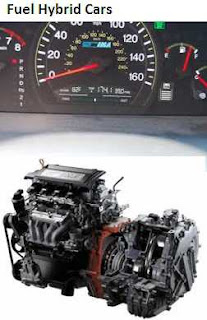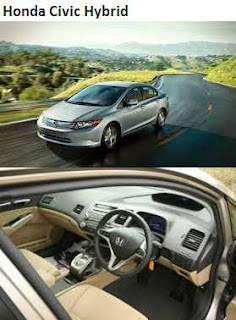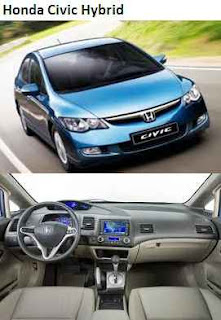History of Modern Transportation
People may be surprised to know that the idea of electric and
hybrid vehicles have been present even before the
gasoline engine was invented. A lot of people with their brilliant ideas
revolutionized modern transportation as it is
today. With the rise of health-threatening pollutants, new age
electric and
hybrid vehicles are truly becoming a reality.
When Electric Cars Ruled the World
Robert Anderson from Scotland created the first electric carriage during the 1830s. Professor Stratingh of Groningen from Holland designed a simple
electric car. Christopher Becker was Stratingh’s assistant who built the model in 1835.
In 1842, Thomas Davenport from the United States and Robert Davidson from Scotland built more advanced
electric vehicles with the use of non-rechargeable electric cells. Gaston Plante from France improved the storage battery and created a better model in 1865. Sixteen years later, Camille Faure continued to improve the storage battery.
During the late 1800s, several European nations like Great Britain and France began the spread of
electric vehicles while constantly innovating for better design and performance. Electric cars did not need gear changes. The United States followed with the creation of electric tricycles.
At the turn of the century, electric cars were selling better compared to their
gasoline engine counterparts due to less vibration, noise and pollutants. In 1916, Woods invented the first hybrid consisting of an electric motor and
combustion engine.
The cost of electric vehicles was somewhat expensive so only the people belonging in the upper class were able to afford them. Prices would reach $2,000 to $3,000 depending on the interior and materials used.
Production peak for electric vehicles were from 1910 to 1912. During the 1920s, road systems were significantly improved so people needed vehicles that traveled farther than electric cars.
The price of gasoline also decreased making it more affordable for everyone. Charles Kettering invented the electric starter for gasoline cars taking away the tedious hand crank. Henry Ford and his idea of mass production at lower costs continued to reduce the popularity of electric cars. Gasoline cars at this point were only about one-third the price of an electric vehicle.
Decline and Regrowth
From 1935 to 1960, electric vehicles were slowly fading from the scene. However, people began looking for alternative fueled vehicles in order to solve problems on pollution and the growing price of gasoline. More practical models of electric vehicles were proposed.
A number of actions were also imposed in the United States and across the globe to exert effort in improving electric vehicles.
Some great works were the U.S. 1990 Clean Air Act Amendment as well as the U.S. 1992 Energy Policy Act. Other states required vehicles to have zero emission. Some of the largest automobile manufacturers as well as the U.S. Department of Energy collaborated to start making hybrids. Mileage, speed and performance were greatly enhanced in these newer models.
Recent electric and hybrid models are able to generate energy through special energy-converting systems. Hybrid models had special dual
engines running on both gasoline and electricity which helped
conserve a lot of
fuel aside from being environmentally friendly.
Sedans, SUVs and trucks were quickly built using the newly discovered technology. The method of running on electricity had various approaches but the main idea of being conservative and green was present in all models.
Hybrids: The Pollution Solution
Gasoline
engines were proven to be reliable and powerful. However, the constant burning of gasoline released a variety of harmful gases like carbon dioxide, carbon monoxide, hydrocarbons and nitrogen oxide. These are also known as greenhouse gases which trap heat in the atmosphere instead of allowing it to go out into space. The result would be global warming wherein surface air temperatures and sub-surface temperatures in the ocean would rise.
Although there are also natural causes to global warming, vehicle emission significantly multiplies the rate spurring the creation of alternative fuel sources. Electric and
hybrid vehicles have shown to be very promising in reducing the greenhouse effect.
Pollution will be minimized greatly if more and more people will start relying on these newer models which do not emit any harmful gas at all. These vehicles are also very economical since there is no longer a need for crude oil which constantly is growing in price.




